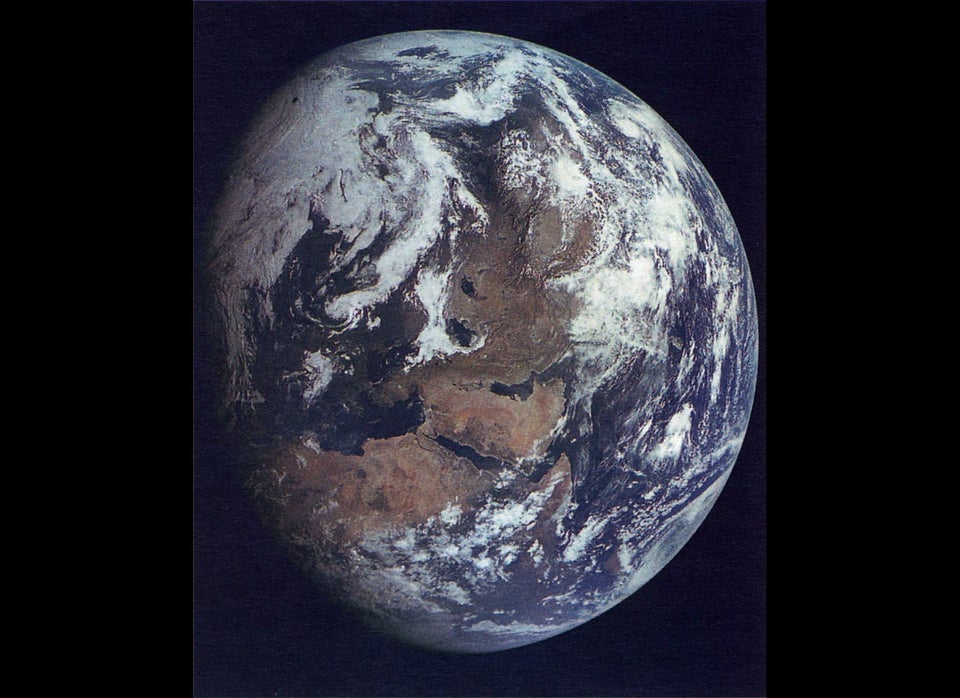
January 13, 2013
Break out the vodka. The first confirmed sample of water from the subsurface Lake Vostok in Antarctica has been retrieved.
Almost a year ago, in February 2012 Russian scientists and engineers drilled to a depth of nearly 4,000 meters in the ice above Lake Vostok – a 1,300 cubic mile volume of liquid water thought to have formed some 20 million years ago and to have been effectively isolated from the outside world for at least 100,000 years and possibly for millions of years. This was the culmination of a 23 year effort to reach the lake.
As I wrote in a previous piece back in 2012, Vostok presents an intriguing case for the study of both extreme organisms and evolutionary isolation, as well as an environment that parallels some of those that we think might exist elsewhere in the solar system – either in the subsurface of Mars, or on icy moons like Enceladus or even Europa.
Now it seems that perseverance may have paid off. By withdrawing the drill last year the scientists were able to allow the high pressure water in the lake to expand up into the borehole where it then froze. A strategy designed to minimize the chances of contaminating the lake from above.
Because that was at the end of the summer season last year, and the return of the brutal Antarctic winter, they had to wait until now to return and extract this core sample. Although previously retrieved samples may have come directly from the lake, this will be the first one that they know for sure originated in the liquid part of this immense underground structure.
Russian state-owned news agency Ria Novosti quotes the Arctic and Antarctic Research Institute, part of the Federal Service for Hydrometeorology and Environmental Monitoring:
“The first core of transparent lake ice, 2 meters long, was obtained on January 10 [2013] at a depth of 3,406 meters. Inside it was a vertical channel filled with white bubble-rich ice,”
What’s expected to follow is an intense study of the physical and chemical qualities of the water ice and an investigation into whether there are signs of microbial life. It will be fascinating to see what they find.
